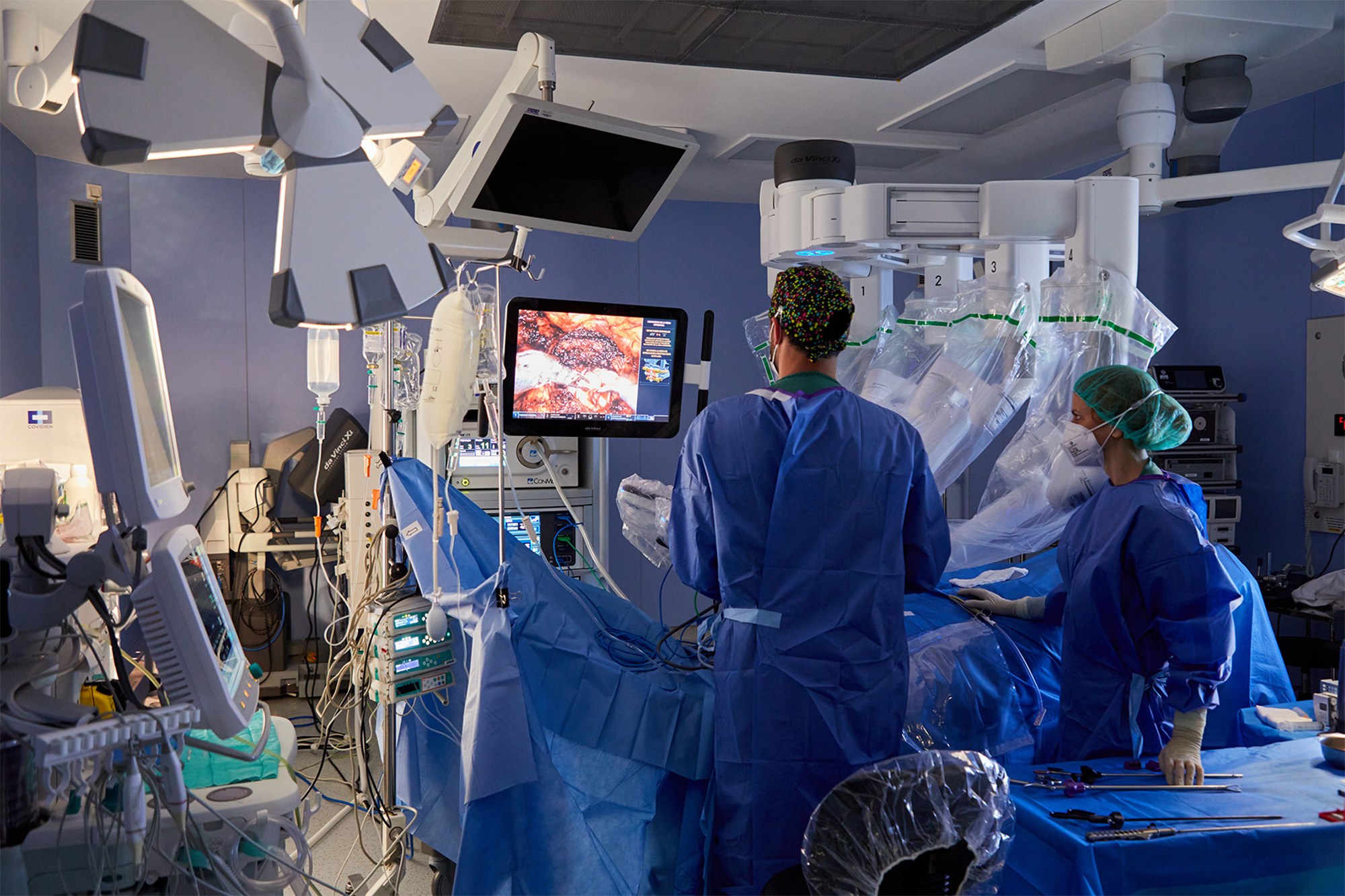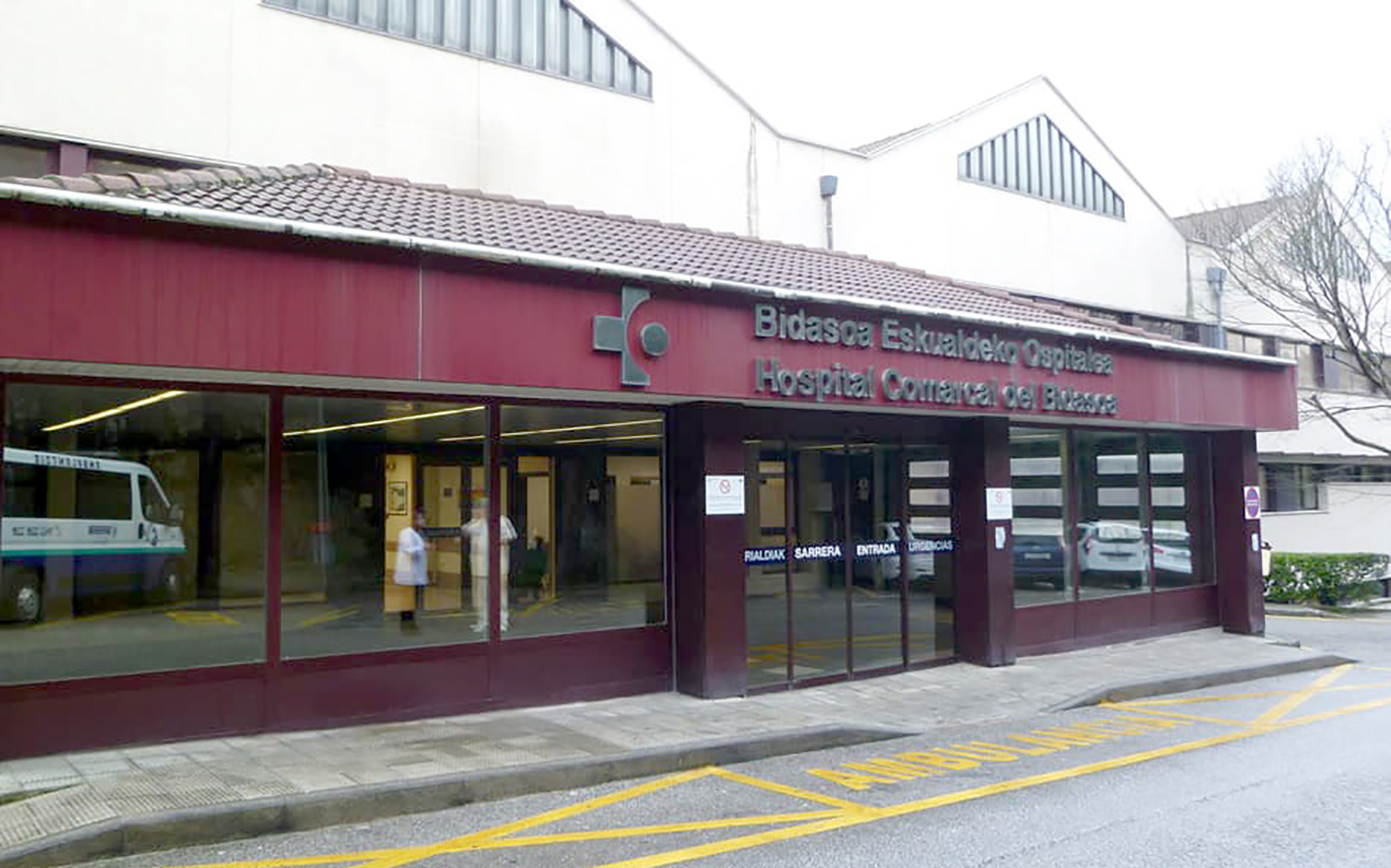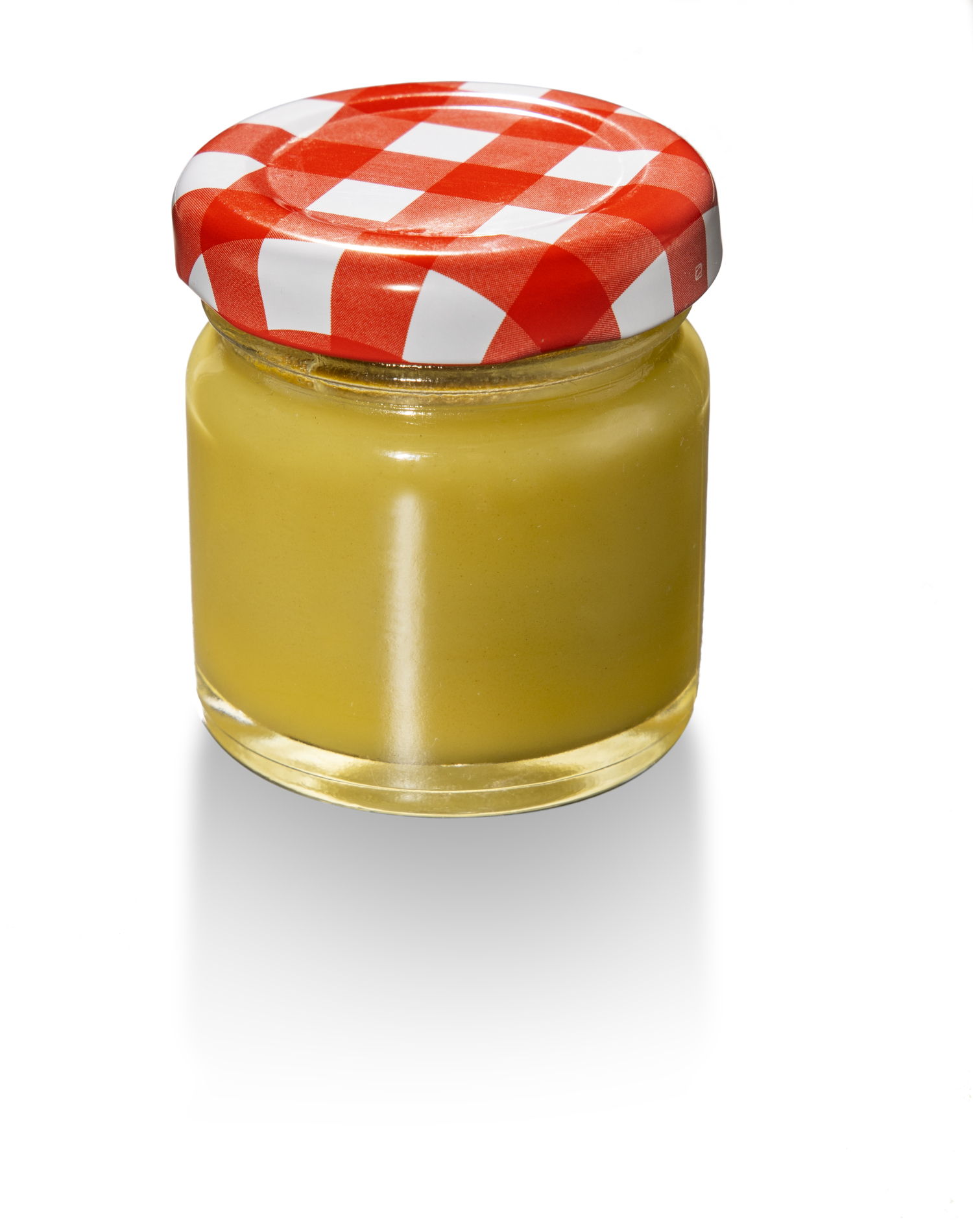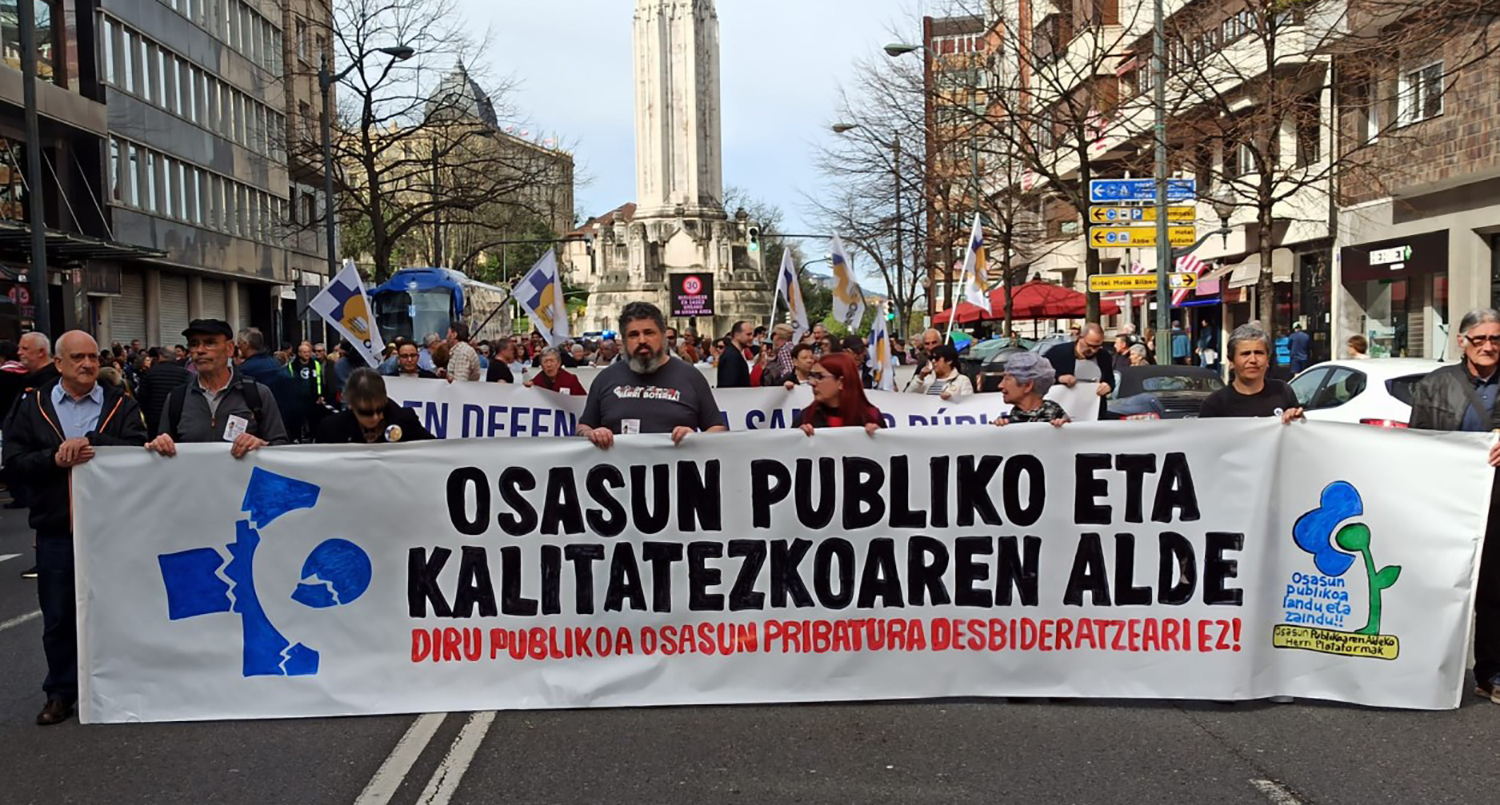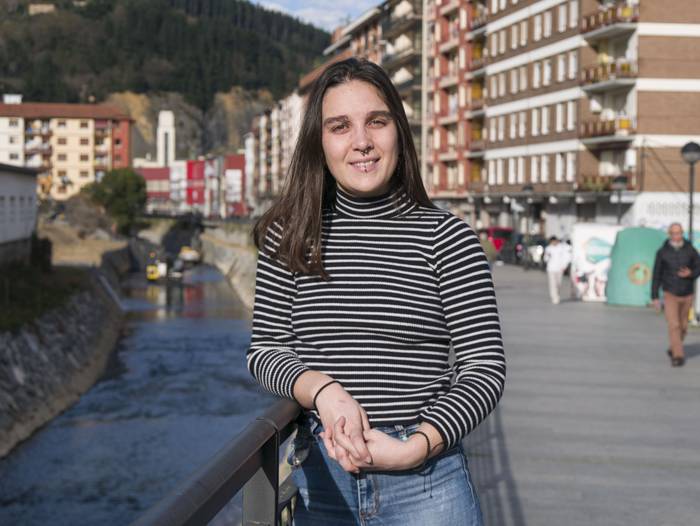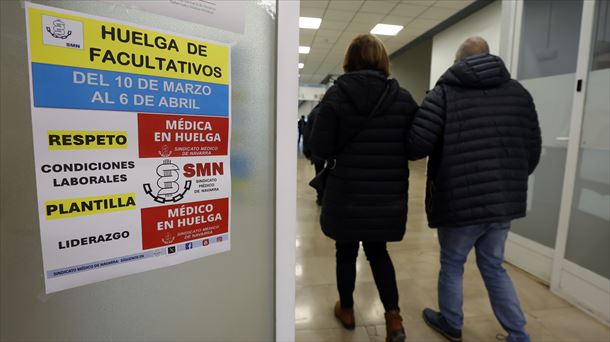"I'd love to work in public, but osteopaths are limited."
- Amaia Estanga is a physiotherapist and osteopata. He explains what the work consists of and talks about his difficulties to be treated in the public health system.

“Osteopathy is another branch of medicine, another technique of diagnosis and treatment.” These words explain what Amaia Estanga osteopathy is. He says that it is sometimes difficult to explain what it is and that it is better to test it: “The goal is to identify what is happening in the body to prevent repeated injuries and develop tools.”
It combines osteopathy with physiotherapy according to the needs of the patient, but above all osteopathy because it diagnoses “better”: “I use it to diagnose and treat and in the end I do a little physiotherapy to release more”. However, if you observe that it becomes “more difficult” because the patient prefers physiotherapy, it adapts to the patient’s expectations.
He adds that the attitude of the patient influences a lot and that for many it is “very rare” to work with the eyes closed and in silence: “When treating we always feel something, but when patients do not feel it they have another sensitivity, they think we have done nothing”. He says that in these cases they complain, but there are some who then see an improvement and apologize for the attitude.
Osteopathy is based on three general principles: spontaneous cure, integrity and movement. “All bodies have the ability to heal themselves, but when circumstances prevent it, we help to restart spontaneous healing through osteopathy,” he explains.
In addition, he says that one must look at the injuries from a collective and global perspective: “All the tissues are connected and something that is in one place can affect the other.”
"All bodies are able to heal themselves, but when circumstances prevent it, we help to restart spontaneous healing by osteopathy."
Listening to the body
He adds that the body has movement before being born spontaneously and that upon treating it they feel with their hands: “If movement is lost, an injury occurs, for example, if the liver loses movement, it stays still, and because it does not perform well, for example, it can occur that it has shoulder pain”. The goal is, therefore, to reactivate the movement through physiotherapy “It is important to listen to the body as far as there is no movement”.
Given the impossibility of performing an osteopathy in the Public Health System of Hego Euskal Herria and the difficulty of access to the lists, Estanga attends in private: “Demonstrated as it is not legal and scientifically proven, we cannot do anything and if we cheat there are risks”. In Iparralde, on the contrary, there are more opportunities.
Estanga believes that the lack of opportunities is to “put aside” and “privatize” other ways of working: “I would do it at ease in public work, but we are limited.” He adds that it is not given sufficient importance: “These are four years of study and we have to control physiology and anatomy; in other countries, osteopaths have more prestige”.
Pazienteek Donostiara joan behar dute arreta jasotzeko. Osasun Bidasoa plataforma herritarrak salatu du itxierak “are gehiago hondatuko” duela eskualdeko osasun publikoa.
EAEn BAMEa (famili medikuen formazioa) lau urtetik hiru urtetara jaistea eskatu du Jaurlaritzak. Osakidetzaren "larritasunaren" erantzukizuna Ministerioari bota dio Jaurlaritzako Osasun sailburu Alberto Martinezek: "Ez digute egiten uzten, eta haiek ez dute ezer... [+]
Sare sozialen kontra hitz egitea ondo dago, beno, nire inguruan ondo ikusia bezala dago sare sozialek dakartzaten kalteez eta txarkeriez aritzea; progre gelditzen da bat horrela jardunda, baina gaur alde hitz egin nahi dut. Ez ni optimista digitala nauzuelako, baizik eta sare... [+]
Berrogei urte dira Euskal Herrian autismoaren inguruko lehen azterketak eta zerbitzuak hasi zirela. Urte hauetan asko aldatu da autismoaz dakiguna. Uste baino heterogeneoagoa da. Uste baino ohikoagoa. Normalagoa.
Itxaron zerrendak gutxitzeko Osasunbideak hartutako estrategiak gaitzetsi ditu Plataformak
Endometriosiaren Nazioarteko Eguna izan zen, martxoak 14a. AINTZANE CUADRA MARIGORTAri (Amurrio, 1995) gaixotasun hori diagnostikatu zioten urtarrilean, lehen sintomak duela lau urte nabaritzen hasi zen arren. Gaitz horri ikusgarritasuna ematearen beharraz mintzatu da.
La bajona kolektibo kide Heiko Elbirak salatu du psikiatriak zisheteroarautik aldentzen diren erotikak kontrolatu nahi dituela.
Barakaldoko ospitaleko larrialdi zerbitzuan sufritzen ari diren "saturazioa larria" dela ohartarazi du sindikatuak. Pazienteak korridoreetan artatu dituztela eta krisia kudeatzeko "behar adina langile" ez dagoela salatu du. Errealitate horren aurrean... [+]
Astelehenean abiatu da sindikatuak deitutako greba eta apirilaren 6 arte luzatuko da. Lan-gainkarga salatu eta baldintzak hobetzeko eskatu dute, baita mediku egoiliarrei karrera profesionala aitortzea ere.
Alberto Martinez Eusko Jaurlaritzako Osasun sailburuak argi dio: ez ditu mediku euskaldunak aurkitzen, eta euskarazko osasun arreta ezin da bermatu mediku egoiliar (formazioan dauden espezialista) gehienak kanpotarrak direlako. Mediku euskaldunak bilatzea perretxikotan joatea... [+]









